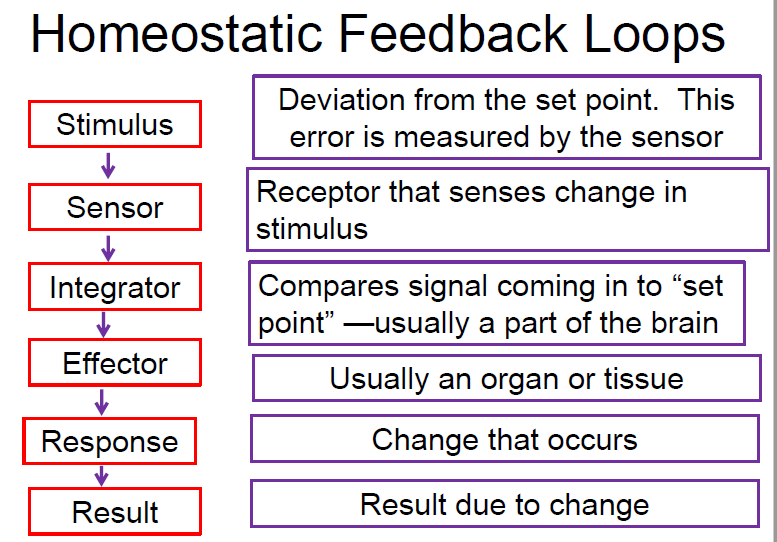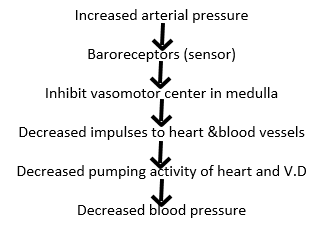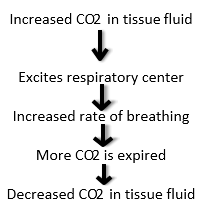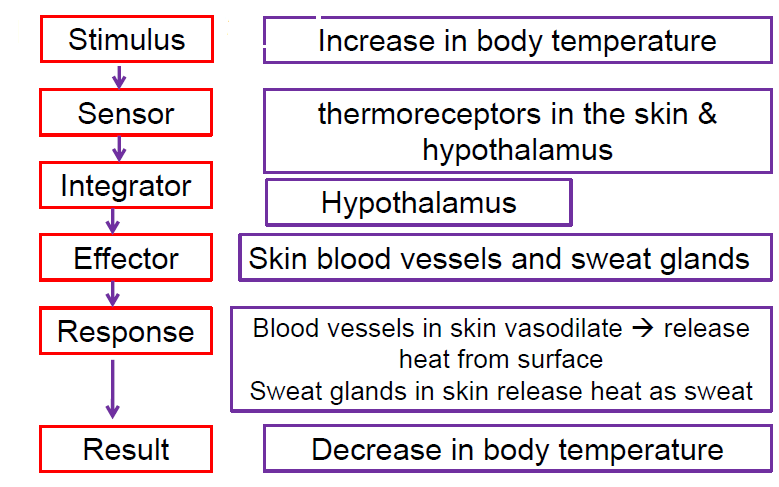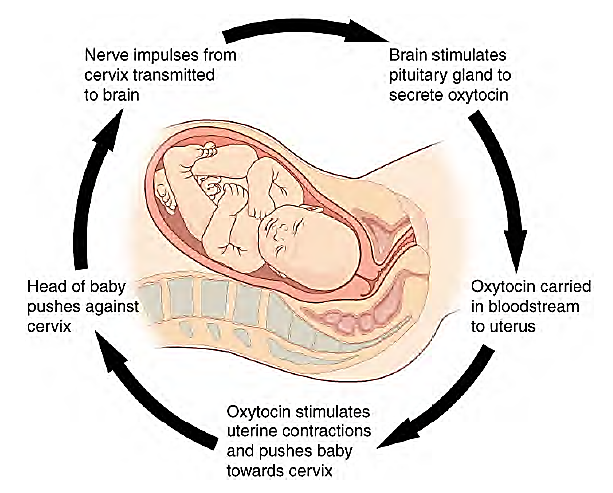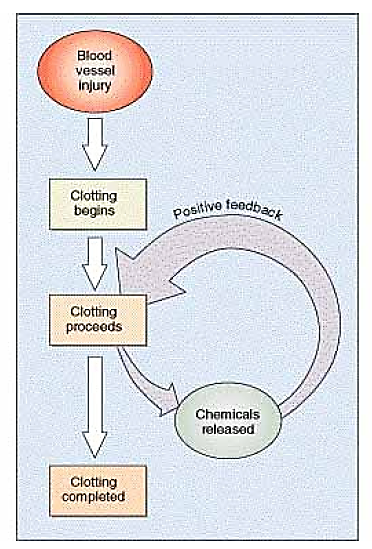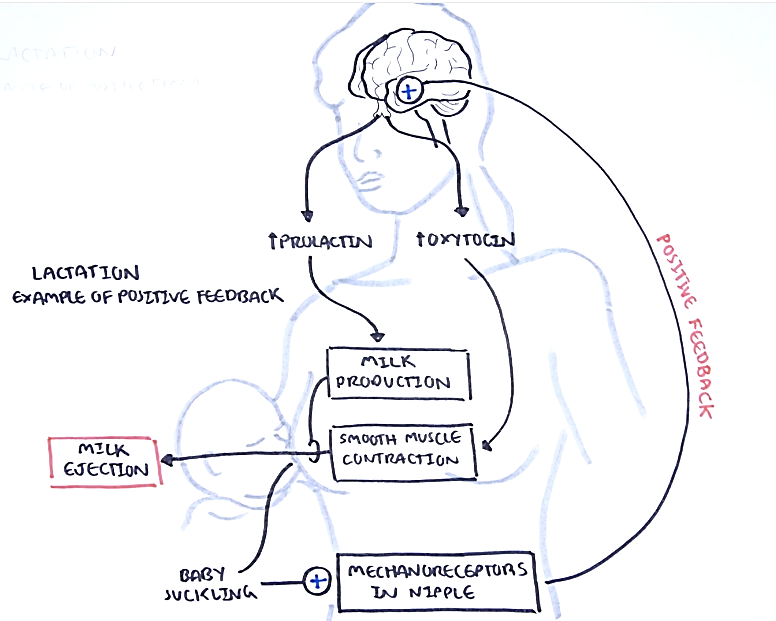1. Bone and cartilage is a type of:
A. Nervous tissue
B. Muscular tissue
C. Epithelial tissue
D. Endocrine tissue
E. Connective tissue
2. Color of the skin, due to the presence of:
A. Collagen
B. Langerhans cells
C. Melanocytes
D. Merkel cells
E. Keratinocytes
3. Anosmia is loss of sense of
A. vision
B. hearing
C. smell
D. taste
4. The maximum volume air which can be moved into and out of the lungs is known as:
A. Total lung capacity
B. Inspiratory capacity
C. Vital capacity
D. Functional residual capacity
5. Regarding eye, sensory receptors for vision are:
A. Ciliary body
B. Rods and cones
C. Olfactory cells
D. Lens
6. The basic structure and functional unit of nervous system is:
A. Schwann Cells
B. Neurons
C. Astrocytes
D. Microglia
7. All of the following are the functions of oxytocin; except
A. Ejection of milk
B. Parturition
C. Fertilization
D. Formation of milk
8. A student identifying histological section under microscope. The tissue was multilayered. The upper most layer is squamous in shape. What type of epithelium it is?
A. Simple squamous epithelium
B. Transitional epithelium
C. Stratified squamous epithelium
D. Stratified cuboidal epithelium
E. Pseudostratified epithelium
9. Common iliac artery supplies the:
A. Lower limb
B. Abdomen
C. Thorax
D. Upper limb
E. Head and neck
10. Which of the following bone forms the axial skeleton?
A. Humerus
B. Radius
C. Femur
D. Ulna
E. Sternum
11. Center of micturition reflex is located in:
A. Lumber segment of cord
B. Cerebral cortex
C. Brainstem (pontine micturition center)
D. Sacral segment of spinal cord
A girl moves the upper limb in all directions during exercise, what type of movement she performed?
A. Abduction
B. Circumduction
C. Flexion
D. Adduction
E. Extension
12. Adrenal medulla secretes:
A. Adrenaline and noradrenaline
B. mineralocorticoid
C. Glucocorticoid
D. Androgens
13. Short bones are present in which part of the human body?
A. Palm and sole
B. Leg
C. Upper arm
D. Thigh region
E. Forearm
14. The hormone which promotes tissue growth and regulates metabolisms:
A. Aldosterone
B. Thyroid hormone
C. Prolactin
D. Growth hormone
15. Which of the following chamber of the heart contain the sinoatrial node(SA)?
A. Left atrium
B. Left auricle
C. Right atrium
D. Right ventricle
E. Left ventricle
16. The cells form the myelin sheath in the central nervous system are:
A. Ependymal cells
B. Microglial cells
C. Astrocytes
D. Oligodendrocytes
E. Schwann cells
17. Which one of the following hormone is secreted by posterior pituitary gland?
A. Growth hormone
B. Antidiuretic hormone
C. Thyroid stimulating hormone
D. Follicle stimulating hormone
18. The most common synapse in CNS is:
A. Mechanical Synapse
B. Chemical Synapse
C. Gap Junctions
D. Electrical Synapse
19. Central nervous system is made up of:
A. Peripheral nerves
B. None of these
C. Brain and spinal cord
D. Somatic nerves
20. Exchange of gases by diffusion between blood and body cells is known as:
A. Alveolar ventilation
B. Internal respiration
C. Pulmonary ventilation
D. External respiration
21. How much percentage of oxygen is transported inform of oxyhemoglobin?
A. 1.5 %
B. 60 %
C. 98.5 %
D. 40 %
22. Dorsiflexion movement occur at which of the following joint:
A. Ankle joint
B. Shoulder joint
C. Knee joint
D. Elbow joint
E. Wrist joint
23. A body is divided into anterior and posterior half by which of the following imaginary plane
A. Midsagittal plane
B. Coronal plane
C. Right median plane
D. Left median plane
E. Para-median plane
24. Which of the following bones united by the sutures?
A. Sesamoid bones
B. Skull bones
C. Long bones
D. Tarsal bones
E. Carpal bones
25. Renin is secreted by:
A. Juxtaglomerular cells(JG)
B. PCT
C. DCT
D. Vasa recta
26. Main Muscle of quiet inspiration is:
A. Internal Intercostal
B. External Intercostal
C. Diaphragm
D. Abdominals
27. Surfactant is secreted by:
A. Type I Pneumocystis
B. Goblet Cells
C. Type IV Pneumocystis
D. Type II Pneumocystis
28. Shoulder joint is a type of:
A. Cartilaginous joint
B. Syndesmosis
C. Synovial joint
D. Fibrous joint
E. Secondary cartilaginous joint
29. The release of thyroid hormones (T3 andT4) in blood is stimulated by:
A. FSH
B. ACTH
C. TSH
D. LH
30. Skin is lined by:
A. Stratified squamous epithelium
B. Cuboidal epithelium
C. Transitional epithelium
D. Pseudostratified epithelium
E. Columnar epithelium
31. Pharynx continue with the esophagus at the level of:
A. 2nd thoracic vertebra
B. 6th cervical vertebra
C. 3rd cervical vertebra
D. 2nd cervical vertebra
E. 4th cervical vertebra
32. Somatic, cutaneous senses which originates from the skin are:
A. Chemoreceptors
B. Special senses
C. Pain, touch, cold and heat
D. proprioceptors
33. Heart receives the parasympathetic supply by means of:
A. Cranial nerves
B. Vagus nerve
C. Sympathetic plexus
D. Cervical nerves
34. A student was standing in class with folding both arms which one of the following movement she did performed?
A. Medial rotation at shoulder region
B. Flexion at shoulder region
C. Extension at shoulder region
D. Circumduction at shoulder region
E. Lateral rotation at shoulder region
35. Which of the following part is not included in large intestine?
A. Cecum
B. Descending colon
C. Duodenum
D. Ascending colon
E. Transverse colon
36. System of the body which is NOT necessary for survival is:
A. Central nervous system
B. Cardiovascular system
C. Reproductive system
D. Respiratory system
37. Al are the phases of menstrual cycle except:
A. Luteal phase
B. Secretory phase
C. Menstrual phase
D. Proliferative phase
38. Superior venacava is formed by the union of:
A. Cardiac veins
B. Common iliac veins
C. Brachiocephalic veins
D. Internal jugular veins
E. Azygous veins
Answer Key
1 E
2 C
3 C
4 C
5 B
6 B
7 A
8 C
9 A
10 B
11 C
12 A
13 A
14 A
15 D
16 E
17 C
18 B
19 C
20 B
21 C
22 A
23 A
24 B
25 B
26 B
27D
28 C
29 C
30 A
31 C
32 A
33 B
34 B
35 C
36 C
37 A
38 C

 al environment in which the cells live. It is composed of plasma and interstitial fluid.
al environment in which the cells live. It is composed of plasma and interstitial fluid.
